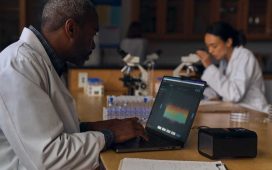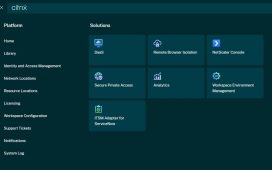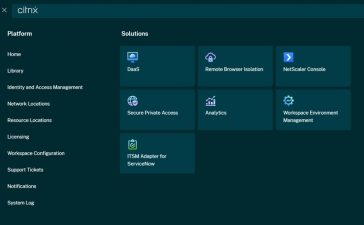UpNext, Airbus’s future technology-focused subsidiary, reported on Thursday that it has entered the final three months of testing tech it hopes will automate the process of getting a plane from the air to the gate.
The system, called DragonFly, tackles automated operations like diversions, landings, and taxi procedures through a combination of sensors, computer vision algorithms and robust guidance calculations.
Airbus pitches the system as an extra layer of safety for emergency operations.
“In the unlikely situation where a crew is unable to control the aircraft, DragonFly can redirect the flight to the nearest appropriate airport and facilitate a safe landing,” enthused the aerospace corporation. The eventual hope is for the technologies to pave the way for automated landing – or at least compensate for a less than perfect pilot during an emergency situation. If the captain had the fish, for example.
A marketing video of the Airbus UpNext DragonFly details that a safe landing feature is included in the Automated Emergency Ops application. It works by detecting the most suitable airport for landing and calculates a trajectory to get there, with consideration for weather, military zones and other factors.
Airbus assures viewers that Air Traffic Control (ATC) and Operations Control Center (OCC) communication links are in place. The video does not, however, explain how the aircraft communicates with air traffic control for clearance into controlled airspace if the pilot is incapacitated, as that task is completed through human verbal interaction.
An automated landing is assisted by sensors that enhance the view of the runway, computer vision algorithms, and guidance computation.
Furthermore, the demonstrator is kitted out with a pilot taxi assistance application to manage its maneuvers on the ground in a heavily trafficked airport. Air traffic control clearance is interpreted and translated into taxi guidance cues. Crew receive audio alerts in reaction to obstacles, assisted speed control and an interactive airport map.
The taxi assistance element was tested at Toulouse-Blagnac Airport.
“The functionality frees up the crew to focus on other crucial actions,” said Airbus.
Here’s hoping disengaged pilots with an automated system are less of a concern than car drivers.
The subsidiary reckons one day DragonFly will allow for automatic landing at any airport, regardless of whether the ground equipment is equipped for such landings.
Airbus UpNext has pitched DragonFly as a biomimicry project with its namesake as the inspiration. A photo is on display to prove it.
“In the same way that dragonflies can recognize landmarks that help them to define boundaries, our demonstrator is equipped with cutting-edge sensing technology and software, capable of managing in-flight and landing operations,” said head of DragonFly Isabelle Lacaze.
“A dragonfly has phenomenal vision, the ability to see in 360°, and can recognize landmarks, which in turn help it to define its territorial boundaries,” explained Airbus. “The systems we are developing and testing are similarly designed to review and identify features in the landscape that enable the aircraft to ‘see’ and safely maneuver within its surroundings.” ®











